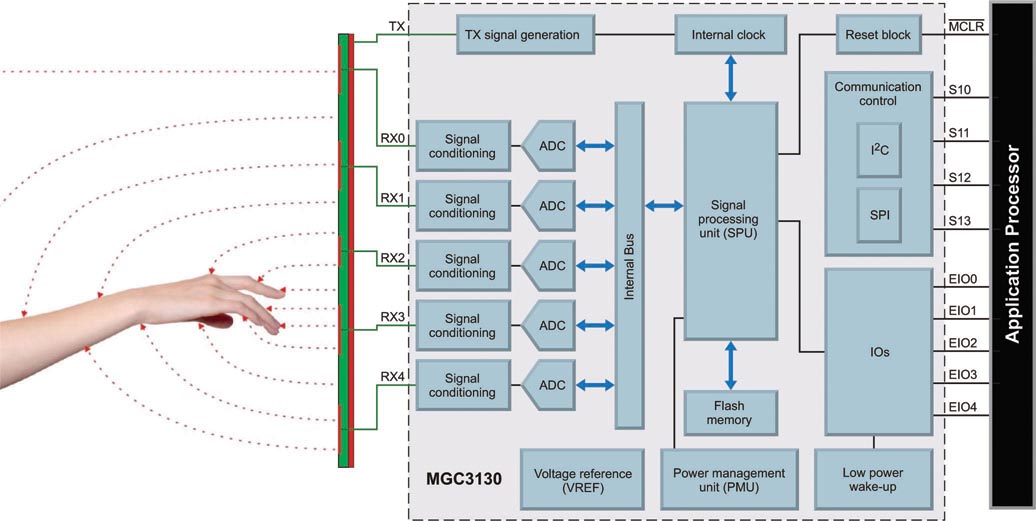Stephen Evanczuk
EDN
Don’t throw out your mouse or abandon your touchpad just yet, but traditional human-machine interface devices that rely on two-dimensional, x-y positional information could soon share your desktop or phone with a coming wave of HMI devices that let you work as you move – in three dimensions.
Camera-based HMIs such as the Microsoft Kinect already offer mid- to far-field movement-tracking capabilities in games. The emergence of e-field-based gesture-recognition HMIs is an important trend not only for near-field sensing but also for recognition of a series of movements as specific gestures.
In this new kind of HMI, hand movement within a volume bounded below by 2-D sensor arrays results in perturbations in the e-field maintained within that sensing area (Figures 1 and 2). The use of an e-field- rather than a vision-based system opens the door to embedded-sensing applications running the gamut from automotive and aerospace to industrial and consumer.
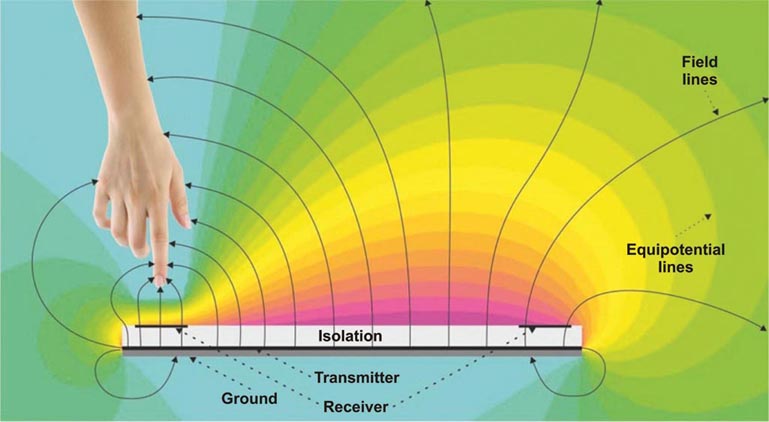 |
|
| Figure 1. | E-field HMI devices generate an electric field and monitor sensors that detect field perturbations due to movements of a conductive object, such as a human hand. |
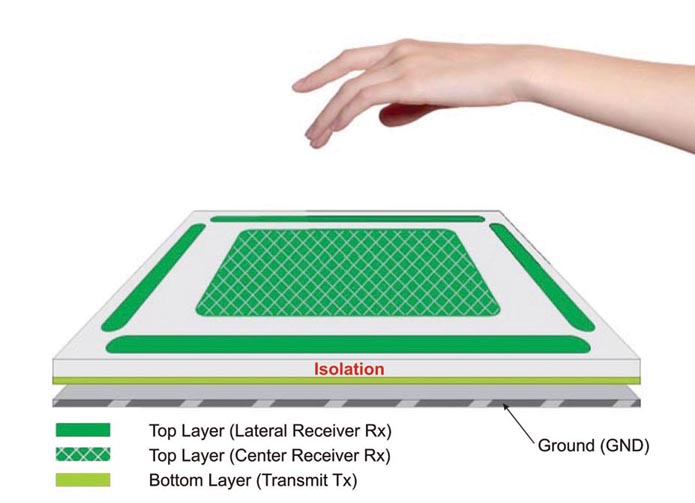 |
|
| Figure 2. | E-field HMI subsystems need only a simple array of electrodes to generate a relatively low-frequency electric field and measure its current status. |
The most dramatic example of this new kind of device debuted in November with Microchip Technology’s unveiling of a complete 3-D gesture-recognition IC, the MGC3130 (Figure 3), based on the GestIC technology that Microchip acquired along with its purchase of Ident Technology earlier in the year. Paired with a low-cost external electrode array, the GestIC device contains an analog signal chain that measures changes in the e-field to track hand movements in the 3-D sensing area and then uses its on-chip signal processor, running code from an on-chip software library, to determine how those movements combine to form one of a dozen or so preprogrammed, recognized gestures.
Microchip’s GestIC isn’t the only game in town for e-field sensors. Plessey Semiconductors introduced an e-field sensor last year, originally focusing on health applications; recently, the company began shipping a low-cost e-field sensor that promises to fuel a drive into high-volume consumer markets (Figure 4). Developers can combine the Plessey device with an embedded system to roll their own e-field 3-D HMI products, leveraging a rich field of pattern-recognition algorithms.
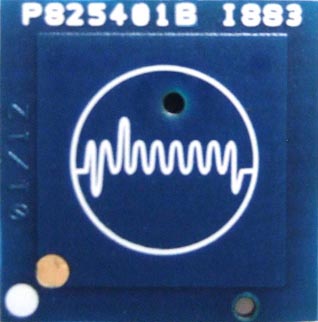 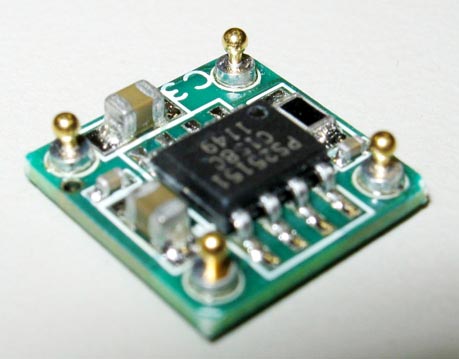 |
|
| Figure 4. | The PS25401B is an ultra high impedance non-contact solid state electric potential sensor manufactured by Plessey Semiconductors. |
Don’t count out camera-based gesture-recognition systems. Cameras have become nearly ubiquitous in mobile appliances. Further, the industry has barely scratched the surface for multisensor solutions that find synergy in combinations of different sensing modalities.
For example, Microsoft recently demonstrated a gesture-recognition system, called Digits, that combines camera and MEMS motion-sensing technology. Digits uses sophisticated analysis software to create a highly detailed software model of the hand in motion to track subtle gestures – something GestIC itself can’t yet do.
The hardware is rolling into place, and the software is maturing, to offer a new form of HMI for which the sky is literally the limit.
